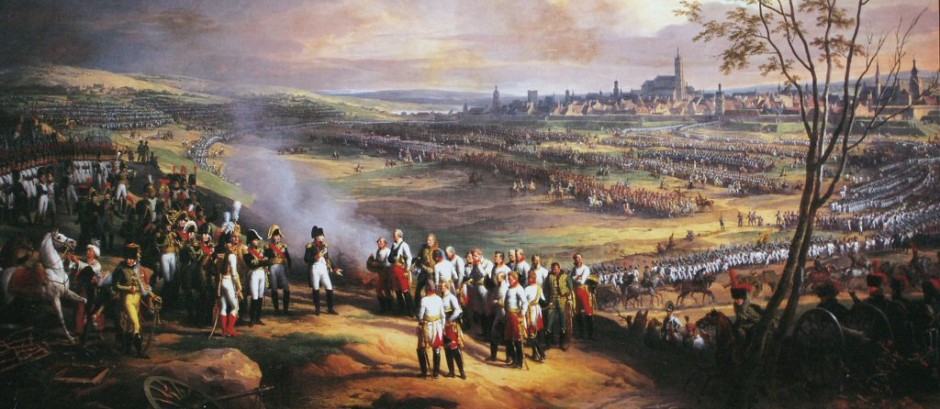What is Historical Significance?
Historical significance involves a broad judgment about an individual, event, idea or site. A question such as ‘How significant was Charles I’s defeat in the Civil War?’ is much broader and allows the student to consider the importance of the defeat at the time and immediately afterwards, but also whether it has any longer term importance over the next few decades. Some significance questions may allow students to range over periods of hundreds of years.
Significance is broader than causation or consequence. Some individuals or events are significant because of their consequences. Others may not have had major consequences but they can still be significant.
Significance is a value given to individuals, events, ideas and sites. It is not a quality intrinsic to the individual, event, idea or site. It is provisional and negotiable. Historians and others will come to different judgments about it.
Interpretations of significance should not be affected by moral judgment – e.g., Cromwell is not significant because he put the inhabitants of Drogheda to the sword, Hitler cannot be significant because of the Holocaust. These claims confuse significance with greatness.
The values and concerns of different ages differ – this can lead to one age seeing an (e.g.) individual important, when another age saw them as insignificant. This applies to historians from different ages or of different interests. An event that E.P. Thompson thought was significant might not be significant interested in ‘high politics’.
How to measure historical significance
Claims made about significance need to be based on more than assertion. Students should be encouraged to demonstrate the significance of individuals, events, ideas or sites. This involves:
- Recognizing that significance can be considered in at least two dimensions – across time (impact at the time) and over time (impact on the longer-term course of events);
- Using criteria against which to measure significance in each dimension – extent of immediate impact (across time) and relationship to prior and subsequent events (over time);
- Acknowledging that more than one view of the significance of individuals, events, ideas or sites are likely.
Criteria for measuring significance across time might be:
Nature of the individual, event, idea or site
- How typical/how unique?
- How expected/how unexpected?
- How reported/how received?
- How iconic or symbolic?
Width of impact (could be materially, or ideas, action..)
- How many people, groups or institutions were affected?
- Were rich/poor, men/women, old/young affected in the same way?
- Were different parts of the country affected in the same way?
- How wide, geographically, was the impact?
Depth of impact (could be materially, or ideas, action..)
- How deeply were people’s beliefs and attitudes affected?
- For how long were people affected?
- How important was it to people at the time?
- How far it was it remarked on by people at the time?
- How powerful was the impact?
- What kind of reaction was caused?
Nature of the impact
- How far was it beneficial?
Relevance for historians
- The extent to which the impact increases historians’ understanding of the period
- What does it reveal about the period?
- How iconic or symbolic?
- Why have different judgments about its significance been made by different ages, and/or historians? What criteria or values influenced their judgments?
Criteria for measuring significance over time might be:
- How much of a change occurred between what went before and what came after (event, etc. seen as a turning point)?
- How much continuity occurred between what went before and what came after (event, etc. seen as part of a trend)?
- How is the amount of change/continuity affected by variations to the time scale (event, etc. seen as a ‘false dawn’)?
Other Criteria:
- It has been remembered at some stage in history within the collective memory of a group or groups;
- It has had a resonance. People make analogies with it, it is possible to connect it with experiences, beliefs or situations across time and space.
Questions to ask:
- Do both judgments (across time and over time) agree about the significance one can attach to the individual, event, idea or site?
- If so, how does one combine these similarities with a single account?
- Do the judgments (across time and over time) disagree about the significance one can attach to the individual, event, idea or site?
- If so, how can one explain/reconcile these differences within a single account?
Students should attempt to consider their judgments about significance across time and over time. In most cases, these are likely to agree, but not in all cases. The student then has two choices: (s)he can either accept the similarity or difference in the judgments and settle for two valid but separate answers to the initial question; or (s)he can try to combine, or integrate the two calculations in order to arrive at an overall answer that either explains similarities or reconciles the differences – in other words, a synthesis.
